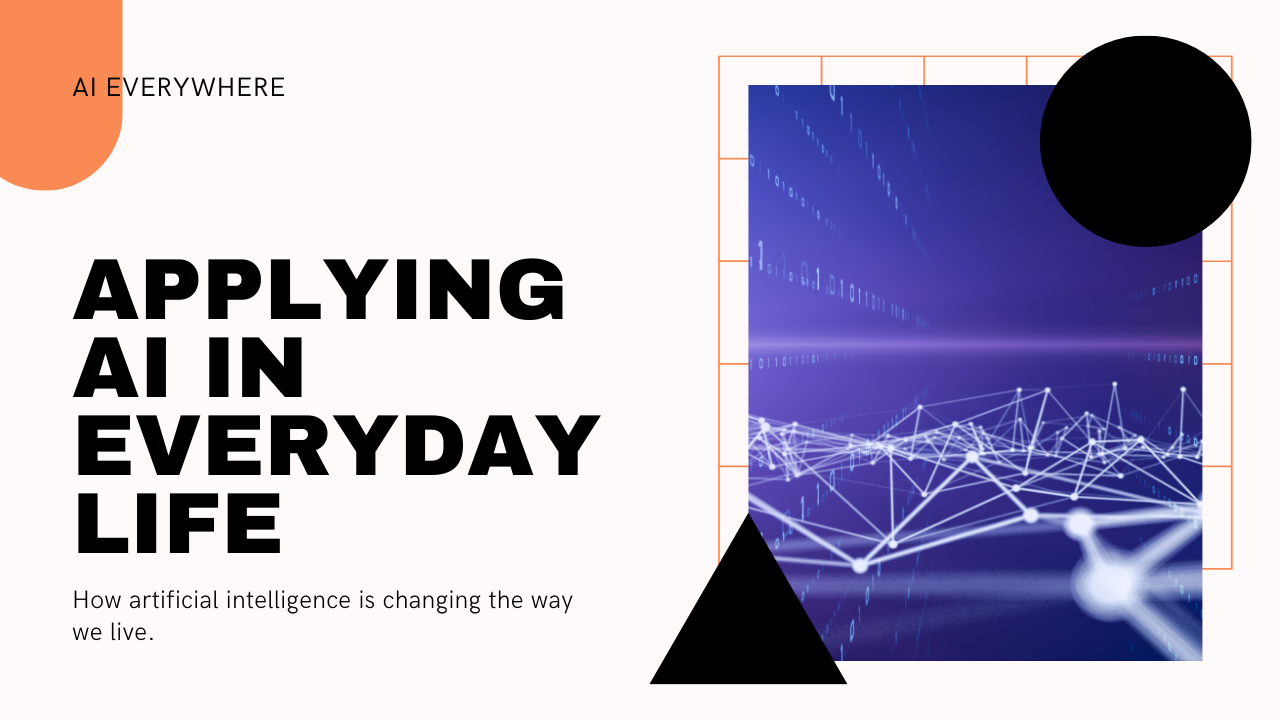Using examples in academic writing
Using examples in Academic writing is essential. In academic writing, examples help to illustrate your arguments and ideas. Using examples in academic writing can make your writing more engaging and persuasive and clearly and concisely explain complex concepts.
Should you use examples in academic writing?
Yes, you should use examples in academic writing. Using examples allows you to write effectively, support your arguments and build a critical analysis. Using examples In academic writing make your arguments clearer by giving readers something concrete for them to think about. For example, suppose you were writing about how people should enhance their communication skills. In that case, you might give an example of how people can improve communication skills from different perspectives through case studies and what the outcome was. In this way, using examples in academic writing is important because they help your reader better understand what you’re saying. That way, they can make up their mind about your point!
Tips for providing examples in academic writing:
Use specific and relevant examples
When providing examples, using specific and relevant examples for your topic is essential. Avoid using generic or overly broad examples, as they may not effectively demonstrate your point.
Use a variety of examples
Using various examples can help reinforce your argument and provide a more comprehensive understanding of the topic. Try to use examples from different sources, including case studies and research studies.
Provide context
When providing examples, it’s important to provide context to help the reader understand why the example is relevant to the topic. This can be done by briefly explaining the example before discussing its significance.
Be concise
While examples are essential, it’s also important to be concise in your writing. Use only a few examples and do not provide lengthy explanations, as this can detract the reader from the main points of your argument.
Example of Academic Writing
To illustrate the importance of providing examples in academic writing, let’s consider the following paragraph:
“Recent studies (Saini, 2023; Smith, 2022) have shown that exercise benefits overall health. A well-known example is the study by Saini (2023), which found that regular exercise can reduce the risk of heart disease, stroke, and diabetes. This statement is further extended in a study by Smith (2022), which also found that exercise can improve cognitive function and mental health.” Moreover, An example of this is the study carried out by ABC Consultancy (2022) proves that regular exercise improves productivity.”
In this paragraph, the author has effectively used three specific examples to support their argument that exercise benefits overall health. The examples are relevant to the topic and provide context to help the reader understand their significance. Additionally, the author has been concise in their writing, providing enough detail to support their argument without detracting from the main points. Nevertheless, the author has provided the three most relevant citations to support the argument. This is a good example of building an argument that supports the numerous benefits of exercising.
Writing a critical analysis with examples
Writing a critical analysis in academic writing is always challenging. However, using examples for critical analysis can make it easier for you. Let’s see how we can build a critical analysis with examples.

Context: your argument is whether regular exercise reduces the risk of critical illness and improves employees’ productivity.
Recent studies (Saini, 2023; Smith, 2022 and NHS, 2022) have shown that exercise benefits overall health. For example, a study by Saini (2023) found that regular exercise can reduce the risk of heart disease, stroke, and diabetes. A notable example is Smith (2022), who found that exercise can improve cognitive function and mental health. However, Smith’s study is limited to 18 to 25 years old. In addition, NHS (2022) suggested that a broader range of samples needs exploring to understand the benefits of exercise. Moreover, a recent case study by ABC Consultancy (2022) considered different age groups and proved that regular exercise improves productivity in all age groups. Similarly, research by the National Excercise Group (2021) shows that regular exercise reduces the risk of heart disease, stroke and diabetes between 25 to 80 years old. In addition, two other studies (Mc’Donalds et al. 2023 and Rodes 2022) established six main benefits of exercise. A complete list of benefits of exercising is listed in Table 1 below.
Watch: How to Write a Critical Literature Review for Assessment Report Dissertation and PhD Thesis
All the studies reviewed so far do not explicitly establish the connection between the use of exercise and employee productivity levels. Therefore, considering the evidence, it can be established that regular exercise reduces the risk of critical illness and may improve employees’ productivity levels. However, the links between exercising and improving employees’ productivity levels are yet to be established.
Related Posts
Conclusion:
In conclusion, providing examples is an essential part of academic writing. By using specific, relevant, and varied examples, you can effectively illustrate your arguments and ideas and provide a more engaging and convincing explanation of complex concepts. Remember to provide context and be concise in your writing; you will be well on your way to writing effective and engaging academic papers.
-
What is the Cosmic Algorithm?
Understanding the Cosmic Algorithm: A Path to Unprecedented Business Growth In the ever-evolving world of business, achieving rapid and sustainable growth requires a blend of modern management techniques, innovative approaches, and scientific principles. Enter the Cosmic Algorithm, a revolutionary concept developed by Dr. Mandeep C Saini. This groundbreaking technique seamlessly integrates modern business education withWhat…
-
How Humans Beat AI? Industry 5.0
How Humans Beat AI? Embracing the Human Touch in Industry 5.0 As we venture deeper into the Fourth Industrial Revolution, characterized by the fusion of AI, robotics, and other digital technologies, a new narrative is emerging: Industry 5.0. This evolution isn’t about replacing humans with technology; it’s about augmenting human capabilities, emphasizing the value ofHow…
-
Applying AI in Everyday Life
Artificial Intelligence (AI) is no longer just a buzzword or a futuristic concept; it has seamlessly integrated into our daily lives, revolutionizing the way we live, work, and interact. From simplifying tasks to providing personalized experiences, AI’s impact is profound and far-reaching. In this blog post, we’ll explore how AI is applied in everyday life,Applying…







